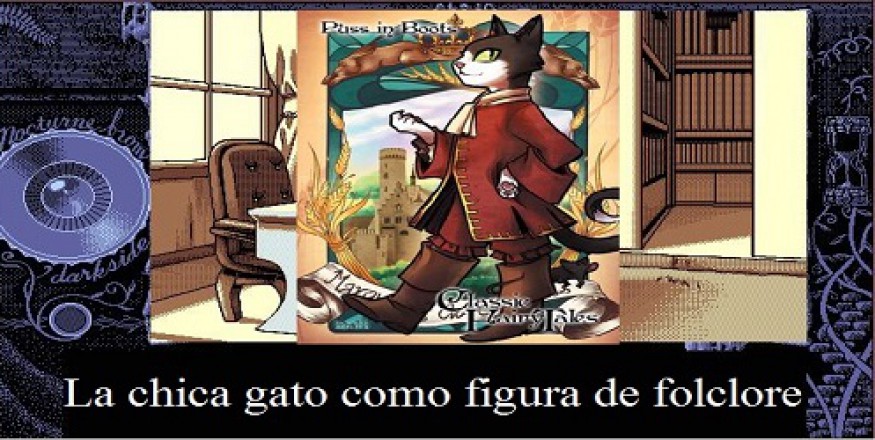The catgirl as a figure of world folklore
.
Each country has its own unique folklore, however in some regions like Europe, some countries share the same folklore, that is not uncommon. The strange thing is that some creatures of legend transcend the seas, for example in each of the continents there are legends of giants, vampires, dragons, werewolves (or the man-beast that corresponds to the place) and for the case that we are interested in: CatGirls.
.
Just as in Europe the unicorn legend was distorted for centuries and today we have the image of the unicorn as a beautiful white horse with a straight horn with a spiral pattern on its forehead, if we look at the paintings of these mythological beings, we see how it increasingly resembles a kind of antelope with a curved horn on its forehead, as these paintings become older.
.
Similarly, the image of the catgirl in Europe is presented to us in an even more distorted way, I am referring to the famous Puss in boots.
.
.
The Puss in Boots was a story written by the Frenchman Charles Perrault (1628-1703), but in his time there were already many stories that were almost the same, so why do we know the version of Perrault and not the others? The answer is that Perrault popularized his story by adding an element to it: the boots the cat wore.
.
If we follow the roots of the tales of the talking cat (this time without boots) contemporary to Perrault, we come to Norwegian folklore, where we find the source of all these stories.
.
.
The story is very similar to the one we know today, with the difference that the female cat (yes, a female, not a male) after defeating the giant (ogre or troll, which would become the same thing at first and then separated them into different entities as time went by) by making him fall down an abyss, becomes a woman to marry the young protagonist.
.
.
The same topic above regarding a female cat becoming a woman to marry the protagonist of the story, is also found in Japan, with the story of Bakeneko. In this story, in the end, the cat, seeing her identity discovered because of the protagonist, flees to no longer be seen.
.
.
In Bolivia we have the story of the Titi, a wild cat that also transforms into a woman to marry the protagonist and then flees to see her identity discovered by the man swas going to marry.
.
In Europe, some stories show how the female cat abandons the protagonist due to his ingratitude. Is it a modified version, similar to the end of the stories in Bolivia and Japan?
.
Translation done with DeepL and myself, sorry for grammar and punctuation errors, thank you.
ns18.218.72.253da2





















